The Apple Watch is arguably the best smartwatch available today. However, many people don’t wear a watch and still want to collect 24/7 activity data to evaluate their lifestyle and work to improve their health and wellness. Smartwatches can be used as a fitness tracker, but less expensive and smaller devices are available to capture much of the same data.
Fitbit was an early pioneer in fitness tracking, and then we saw trackers available from Jawbone, Pebble, Nike, Microsoft, Samsung, Garmin, and more. Some of these companies no longer make fitness trackers. However, there is still plenty of competition available from the likes of companies such as Amazfit and Xiaomi, with one of these companies selling more fitness bands than any other company in the world.
While these fitness trackers are not certified medical devices, over the past 18 months, we learned that SpO2 (blood oxygen) tracking was an indicator of serious symptoms of COVID-19 so these trackers can at least assist you in making informed decisions about when to see a physician. These trackers rarely have integrated GPS receivers but are designed as companions to your smartphone to help you collect data for further analysis without having a large, bulky watch on your wrist.
Excellent value and extremely popular
Display: 1.56inch AMOLED, 152×486 pixels | Battery Life: 14 days | Water Resistance: 5 ATM | SpO2 Tracking: Yes | Dimensions: 47.4 x 18.6 x 12.7mm | Weight: 12.8 grams | Price: $49.99
One of the most popular fitness bands sold worldwide is the Xiaomi Mi Band 6, and if you like the band form factor, this one is tough to beat. At a price of just $50, you get a stunning 1.56inch AMOLED display, 30 fitness modes, blood oxygen monitoring, women’s health monitoring, and 14-day battery life.
With many of these fitness bands, customization of the band display is limited. The Mi Band 6 has more than 60 available display designs so that you can customize your band experience. It also has a number of silicone band colors to choose from to match your style.
Sleep is a very important metric for your overall health, and the Mi Band 6 not only tracks your sleep quality with heart rate measurements and blood oxygen saturation levels but analyzes your sleep breathing quality for a complete sleep experience.
Pros:
- Affordable $50 price
- Powerful sleep tracking functionality
- PAI scores for the overall health condition
- Long battery life
Cons:
- Limited smartphone notification support
Fashion-forward fitness band
Display: AMOLED | Battery Life: 5 days | Water Resistance: 50 meters | SpO2 Tracking: Yes | Dimensions: 36.3 x 17.5 x 10.2mm | Weight: Not stated | Price: $149.95
Fitbit’s latest wristband tracker is an elegant addition to its band lineup and sure to please those who want a subtle but attractive fitness tracker on their wrist. The Fitbit Luxe is available now in four color options, including a Special Edition with a gold stainless steel Parker Link bracelet.
One aspect of a Fitbit tracker that makes it compelling is the support for the expansive Fitbit ecosystem that includes active zone minutes, menstrual health tracking, Fitbit Premium services, sleep stages, stress management tools, guided breathing exercise, and much more.
Pros:
- Extensive Fitbit ecosystem
- Vibrant color display
- Small size and attractive design elements
Cons:
- Small display
Similar to the Mi Band 6
Display: 1.1inch AMOLED, 126×294 pixels | Battery Life: 15 days | Water Resistance: 5 ATM | SpO2 Tracking: Yes | Dimensions: 47.2 x 18.5 x 12.4mm | Weight: 24 grams, with strap | Price: $34.99
Amazfit has been releasing several new smartwatch devices over the past year and it’s Amazfit Band 5 offers an experience similar to the Mi Band 6.
The Amazfit Band 5 offers everything you could want in a band form factor, including the ability to speak to the band for Amazon Alexa response functionality. 11 sports modes are supported, including swim tracking so you can easily track your laps in the pool.
Pros:
- Very low price point
- Amazon Alexa support
- PAI scores for an overall health condition
- Long battery life
Cons:
- Limited smartphone notification support
Small watch form factor
Display: 1 x 0.84inch, 240×201 pixels LCD | Battery Life: 5 days | Water Resistance: 5 ATM | SpO2 Tracking: Yes | Dimensions: 34.5 x 34.5 x 10.15mm | Weight: 24 grams | Price: $199.99 (Sport Edition) and 249.99
Garmin GPS sports watches are often designed for larger wrists and may be considered bulky for some customers. The new Garmin Lily is made for those with smaller wrists who want a stylish and lightweight fitness tracker in a watch form factor.
The display has 16 levels of gray but provides most of the excellent Garmin health and wellness features we experience on its GPS sports watches. Body Battery, heart rate, stress tracking, women’s health tracking, hydration tracking, blood oxygen saturation, mindful breathing, and much more are provided by the Garmin Lily.
Garmin Connect is arguable the best health and fitness information center with the additional ability to be accessible via a website. The data collected by the Lily is available in Garmin Connect and provides you with a world of understanding the vast amount of data provided by your body.
Pros:
- Elegant design and small size
- Powerful Garmin Connect ecosystem
- Big numbers for easy readability
Cons:
- More expensive than most other trackers
No display and a monthly subscription
Display: No display | Battery Life: 7 days | Water Resistance: 5 ATM | SpO2 Tracking: No | Dimensions: Not specified | Weight: 23-24 grams | Price: $99.99
The Amazon Halo Band is a unique fitness tracker focused on the monthly subscription service that provides a wealth of health and wellness information to inspire you to improve. The Halo Band is just one element of the Amazon solution as it serves to collect data from your lifestyle 24/7, but without a display for you to interact with on the go.
The $3.99 per month Halo membership is reasonably priced as it provides on-demand workouts, daily meditations, body composition analysis, sleep analysis, voice tone analysis, and more. You can buy and use an Amazon Halo band without a subscription, but the band acts primarily as a step counter with sleep tracking and heart rate measurements.
One of the more interesting features of the Halo membership is the personalized 3D model of your body that accurately measures your body fat percentage. My connected scale measures this, but as a large, heavy ex-football and rugby player, the results from a standard table do not match reality. The first 6 months of your membership is free with a Halo Band purchase.
Pros:
- Affordable price
- Tone analysis is interesting
- One week battery life
Cons:
- No display
- No SpO2 measurement
- Monthly subscription required for all functionality
This one has GPS
Display: 1.57inch grayscale OLED | Battery Life: 7 days | Water Resistance: 5 ATM | SpO2 Tracking: Yes | Dimensions: 35.8 x 22.7 x 12.5mm | Weight: 30 grams | Price: $99.95
The Fitbit Charge series is one of its most successful lineup of bands, and the Fitbit Charge 4 is its most powerful band ever. Like GPS sports watches, it includes a GPS receiver so you can exercise outside without your phone and track the details of your workout.
The Fitbit Charge 4 does a decent job of tracking your outdoor activities with GPS but excels at sleep tracking and step counting. The heart rate monitor matches other wrist-based monitors and has proven useful for managing stress. There are some wonderful programs available in Fitbit Premium.
Pros:
- Integrated GPS receiver
- Detailed sleep and heart rate data
- Fitbit ecosystem well supported
- Fitbit Pay support
Cons:
- Limited battery life with GPS
- The display can be tough to view
Garmin’s affordable band
Display: 0.26 x 0.70inch OLED, 48×128 pixels | Battery Life: 7 days | Water Resistance: 5 ATM | SpO2 Tracking: Yes | Dimensions: 15 x 10.5 x 223mm | Weight: 16.5-17.1 grams | Price: $129.99
While one usually thinks of Garmin devices as GPS sports watches, the company also has fitness trackers in the band form factor. Garmin’s newest model is the Garmin Vivosmart 4, available for just $129.99.
If you are looking for a device that captures a ton of data and works with the compelling Garmin Connect ecosystem while also being sleek and slim, then the Vivosmart 4 may be for you. It has an affordable price and will only need to be charged once a week.
Pros:
- Affordable price
- Powerful Garmin Connect ecosystem
- Lightweight, sleek design
- One week battery life
Cons:
- Limited display size
- It doesn’t support the latest Garmin sleep stages metric
Can you use these trackers with an iPhone and Android smartphone?
All of these fitness trackers are compatible with both iPhone and Android smartphone platforms. The trackers require specific apps to support the setup and syncing of the data, so check out the app store on your phone for the fitness tracker you are interested in to see how well the app functions on your preferred platform.
Apple does not allow iMessage support on these fitness trackers, while Android support usually allows canned text message responses right from the fitness tracker itself.
Doesn’t an Apple Watch provide all of this same functionality?
The newest models of Apple Watch support almost all of the same data collection as the fitness trackers in this list but is also priced more than two, three, or more times the cost of these fitness trackers.
The shortest battery life of a fitness tracker is also about a week, with some lasting a couple of weeks, so they truly are devices you can wear and forget about charging except for just once per week.
Can you use a fitness tracker for tracking the details of a run or bike trip?
Most of these fitness trackers support “connected GPS”, which means a direct Bluetooth connection with your smartphone provides the GPS data to the fitness tracker app. This data is merged with the heart rate and movement data collected by the fitness tracker.
The Fitbit Charge 4 has integrated GPS, so it can be used without a connected smartphone to track the details of your outside activity.
Which activity tracker is best for you?
When it comes to figuring out which activity tracker is best for you, price is often the first factor to consider. A couple of these trackers are made by Chinese companies are very affordable while also offering support for collecting a ton of health data. Make sure to check out the smartphone companion app to see if that satisfies your needs before making one of those band purchases.
While all of these fitness bands collect a ton of data, how the data can be used to your benefit is also very important. Fitbit and Garmin have excellent smartphone applications and hosted website clients, so there are multiple ways to view, analyze, and run reports on your data. This can be extremely helpful in figuring out a plan to improve.
How did we choose these fitness trackers?
We have used most of these fitness bands for weeks at a time, and this evaluation period included walking, sleeping, running, biking, and more.
We haven’t yet tried the Amazon Halo, but ZDNet’s Larry Dignan spent time with one and offers up his thoughts and experiences.
We also read other reviews online to verify that our experiences were substantiated.
from WordPress https://ift.tt/3rCcyQq
via IFTTT

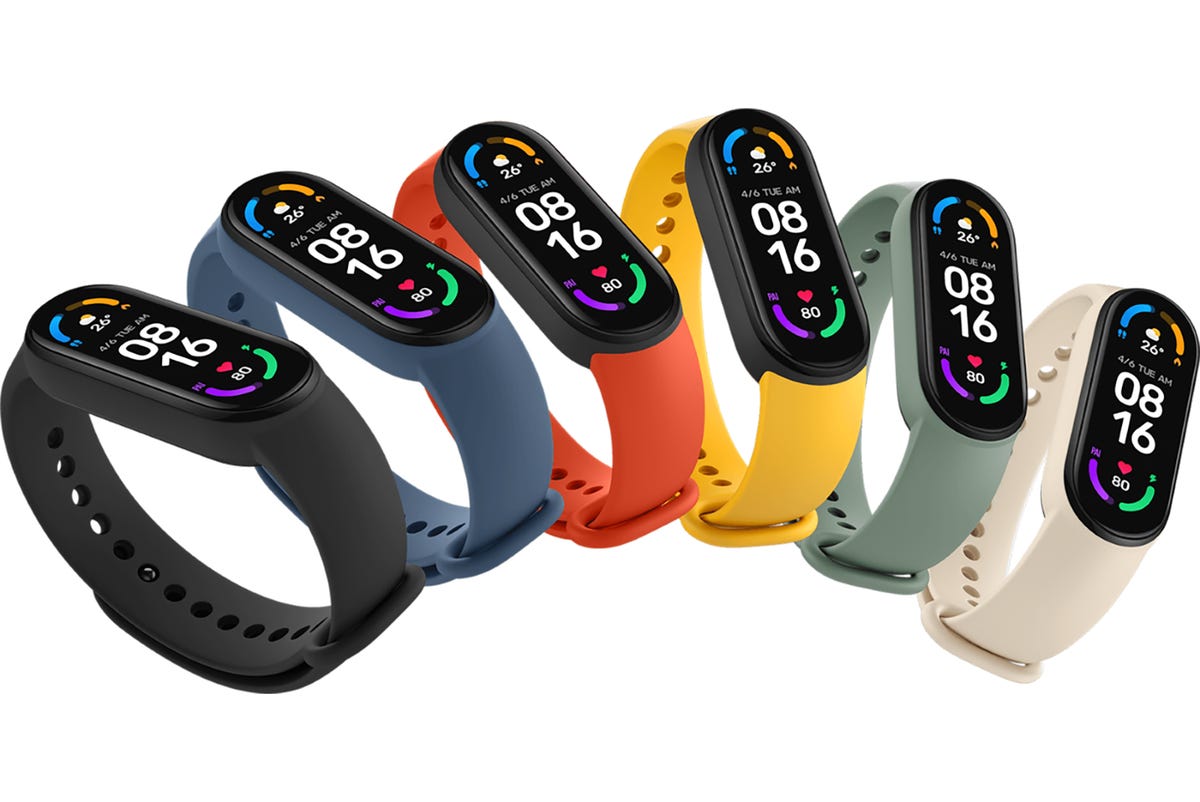
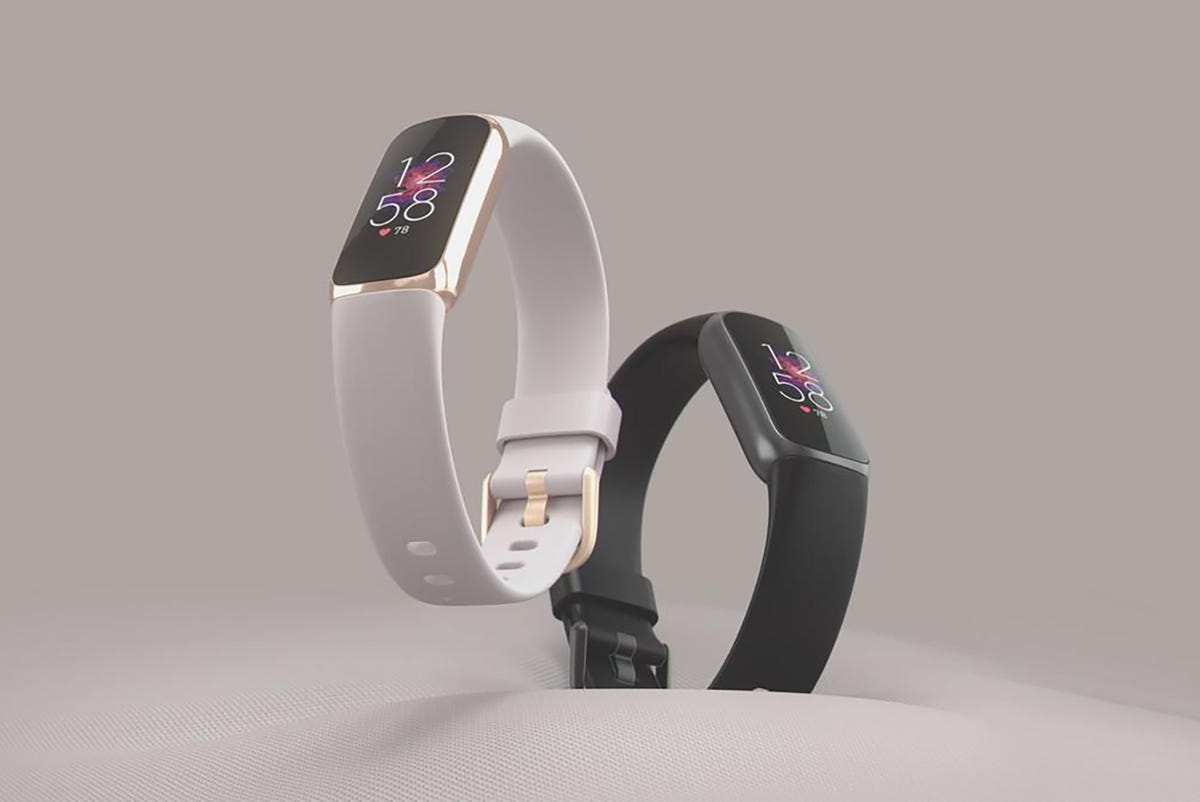
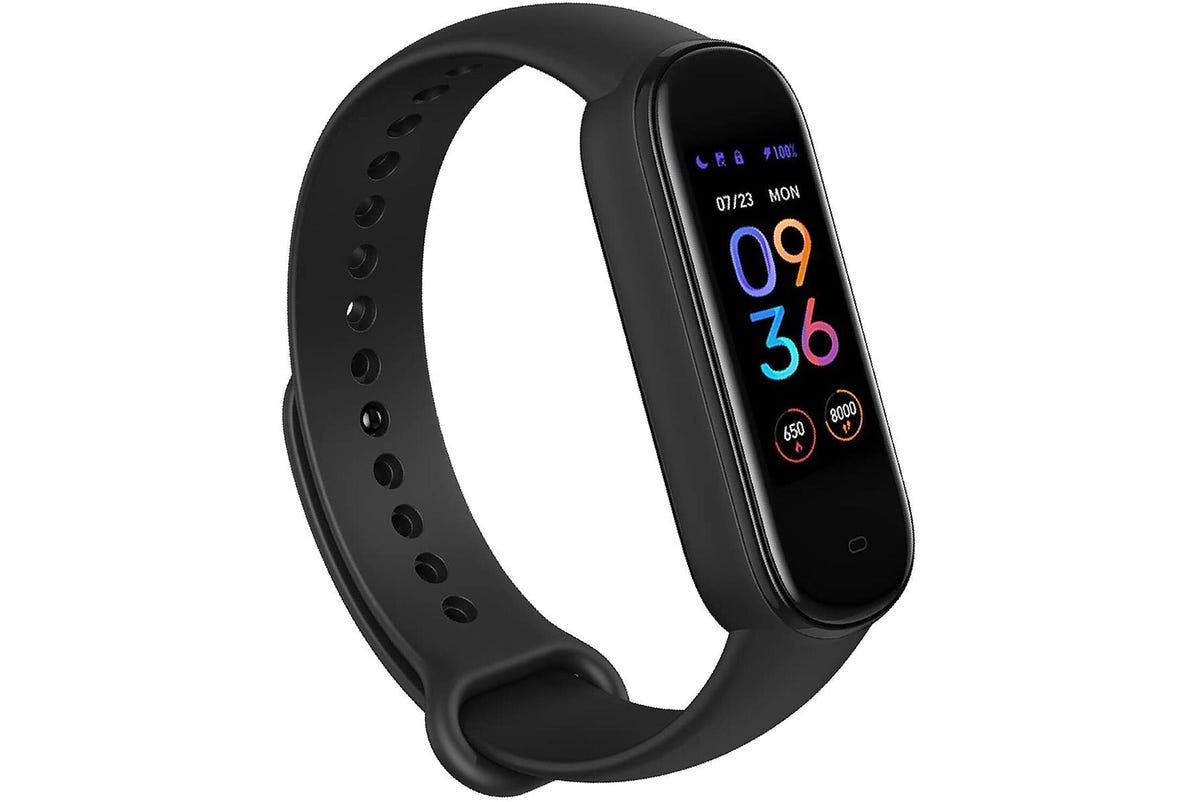
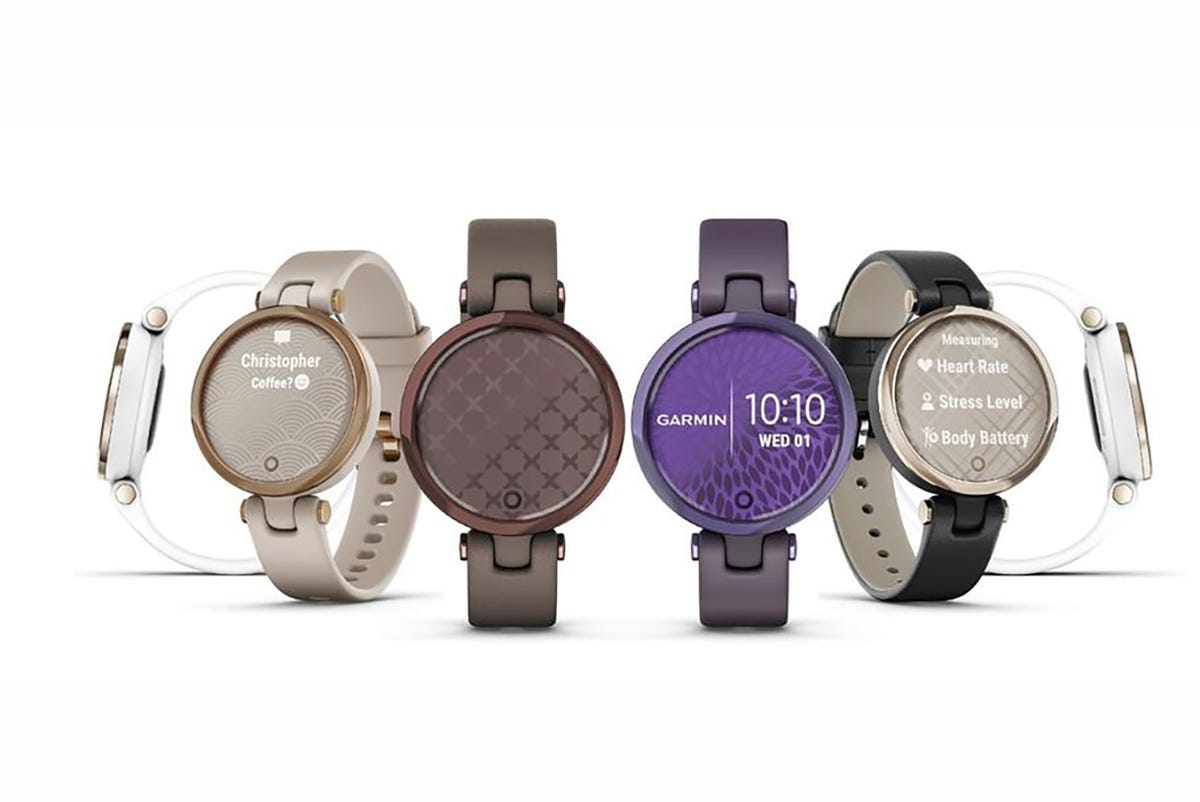
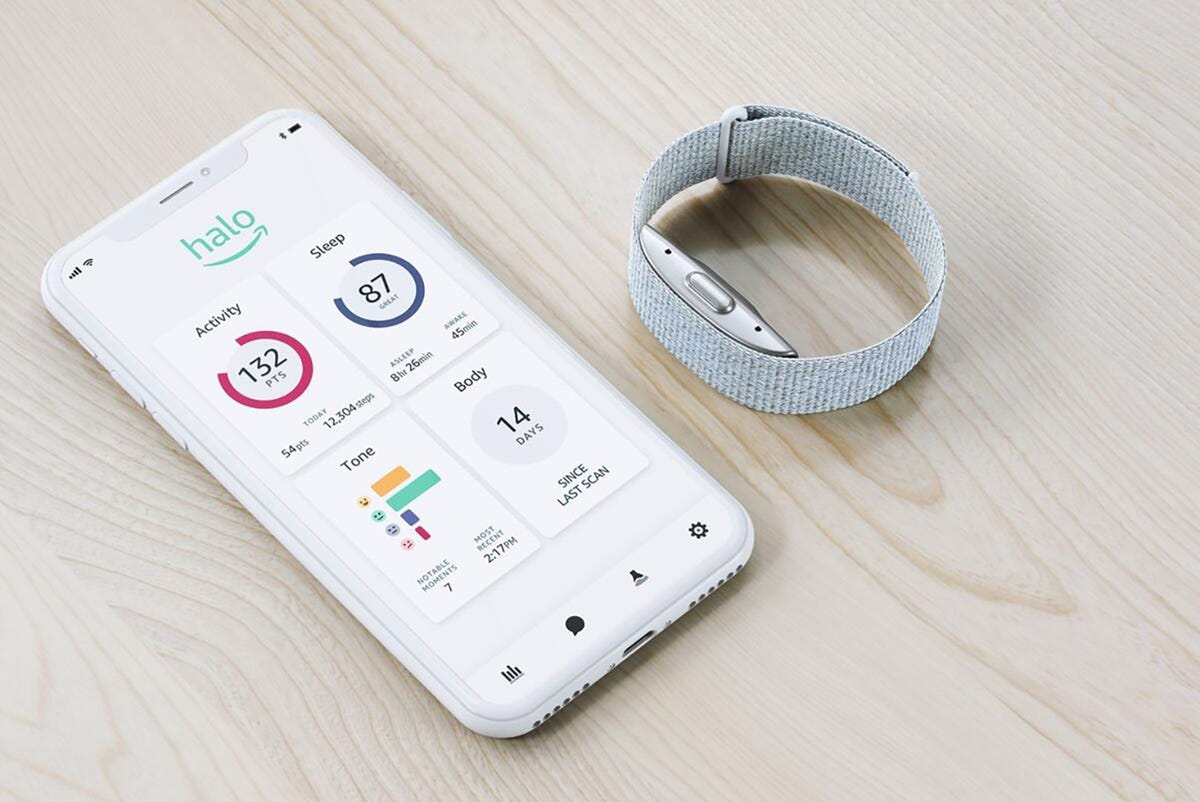
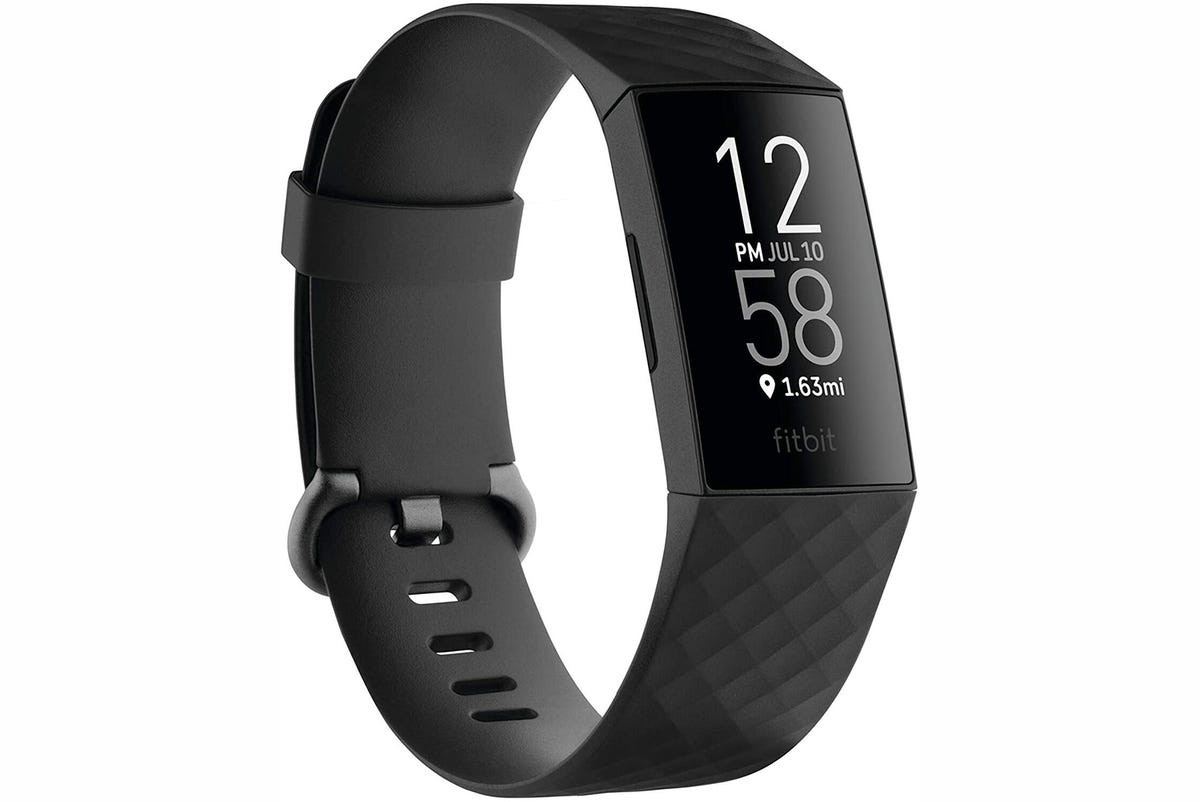
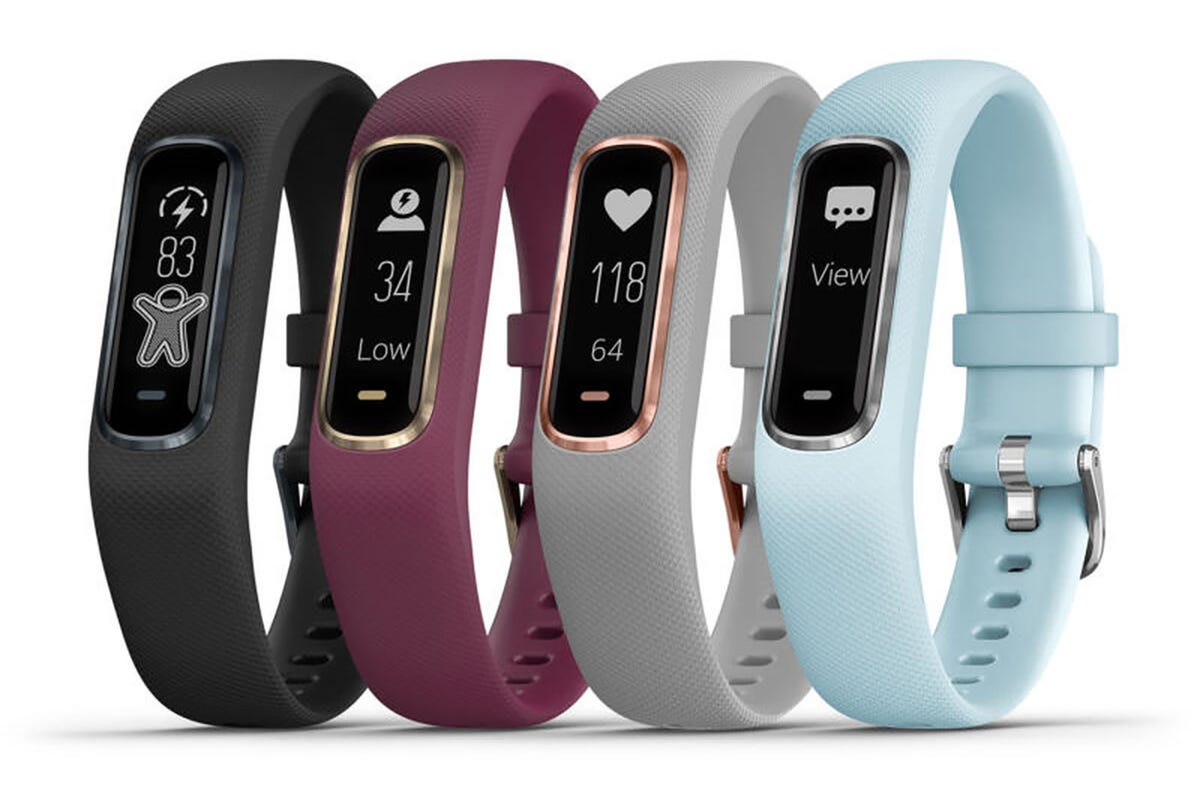
No comments:
Post a Comment